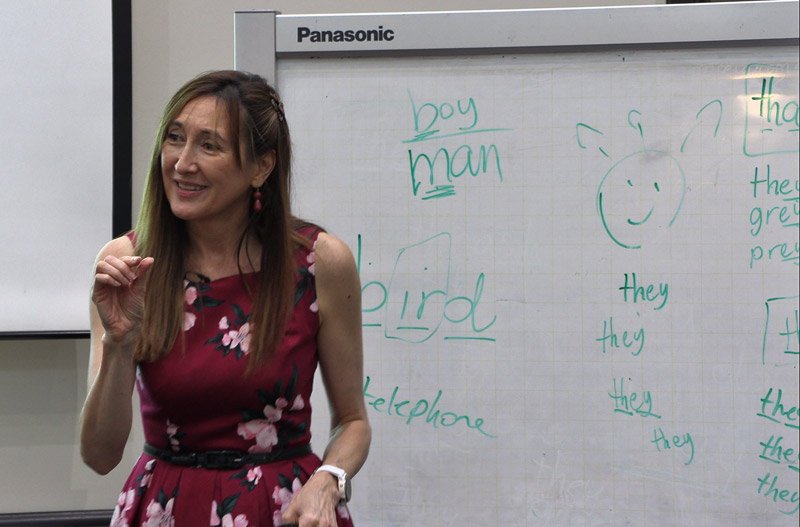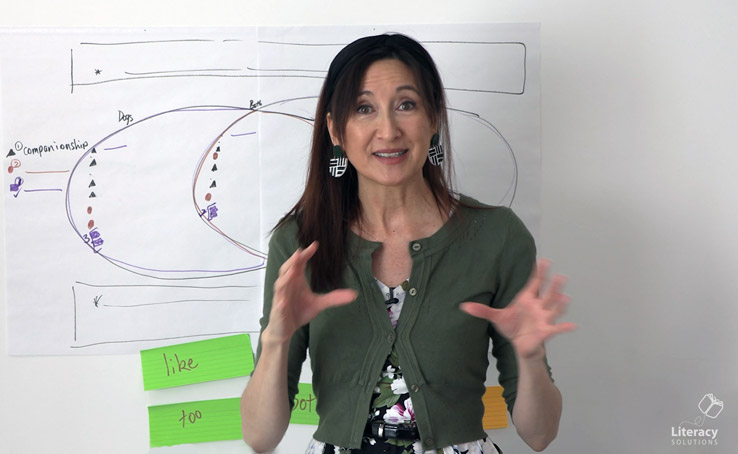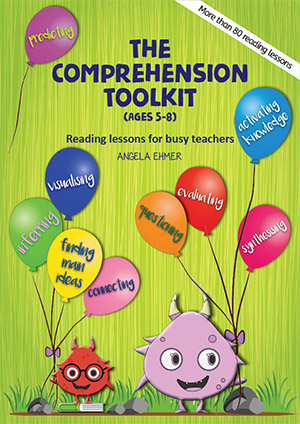Literacy Strategy in practice
I was recently in Canberra working with the Catholic Education Office Canberra-Goulburn to formulate a position statement and supporting document to align literacy practice across the diocese.
It’s enormously exciting to be involved in projects of this nature. Not only will this document address a framework outlining consistent literacy practice across all year levels, but it aims to:
- clarify purpose and audience for all literacy learning
- embed the rigorous, explicit teaching of literacy across all key learning areas
- address ways to provide daily opportunities to cater to the needs of groups and individuals
- highlight the vital role of oral language
- build a community of readers and writers
- develop an appreciation of texts
- develop a love of reading.
It’s with great enthusiasm that the team approaches this project and with great excitement that we envisage the ways strategies and practices can be implemented by teachers with great clarity around instructional practice, instructional goals and student needs.
So what are we working towards?
- Daily explicit teaching of literacy skills and knowledge for all students using a variety of texts, including oral, written and multimedia, across all key learning areas
- Daily monitoring of student progress to support formal assessment and achievement measures, which informs ongoing instruction for groups and individuals
- Clarity about instructional approaches for particular texts and for particular groups of students or individuals
- Clear understandings for educators about purpose and audience when teaching for literacy skills and knowledge
- Developing student understandings around the importance of literacy as a life skill, ie. understanding purpose, or what, how and why the learning occurs
- Always linking classroom learning to real life experiences of students
- Supporting students to assume greater responsibility for their learning using classroom and special interest texts
- Developing student independence to solve a variety of texts
- A high volume of daily reading by students
It’s with a great sense of purpose and urgency that we move forward with this exciting and important project. Can’t wait until it’s ready to share with teachers.





What is interesting is that finally there might be agreement on an approach for better outcomes in literacy rather than a lot of talk.
Thanks for the update Angela. I would be keen to see the results of the project.
Cass
I remember when each school had to present a school Literacy Plan so that there would be a consistent approach across each school, but we seem to have forgotten about that. I will be most interested in this project and keen to learn more!
Hi Angela
Your project is an inspiration for all teachers. It would definitely benefit our school and provide the strategies and practices we need to deliver a powerful literacy program. Please keep me informed as I would love to be part of this journey.
Our school is trying to devise a whole school approach to literacy in an endevour to improve the literacy levels within our school. This project sound amazing and I am sure our school would love to know more. Thanks Angela.
HI Angela
I attended your P-3 reading workshop yesterday. It was the first time I had attended one of your workshops but it most certainly won’t be the last. If your project is as useful as the 6 hours I spent at your seminar yesterday, then I am sure this project will be extremely beneficial to those schols involved. You came highly recommended Angela and yesterday was the best PD I have ever attended over my 35 years as a teacher. Thank you!
Thanks for your posts and encouragement. This project will be the property of the client, so I’ll need to seek permission to share a summary of the outcomes over the coming twelve months. In the near future, I’ll write a follow up blog to outline the steps to making this happen within your school.